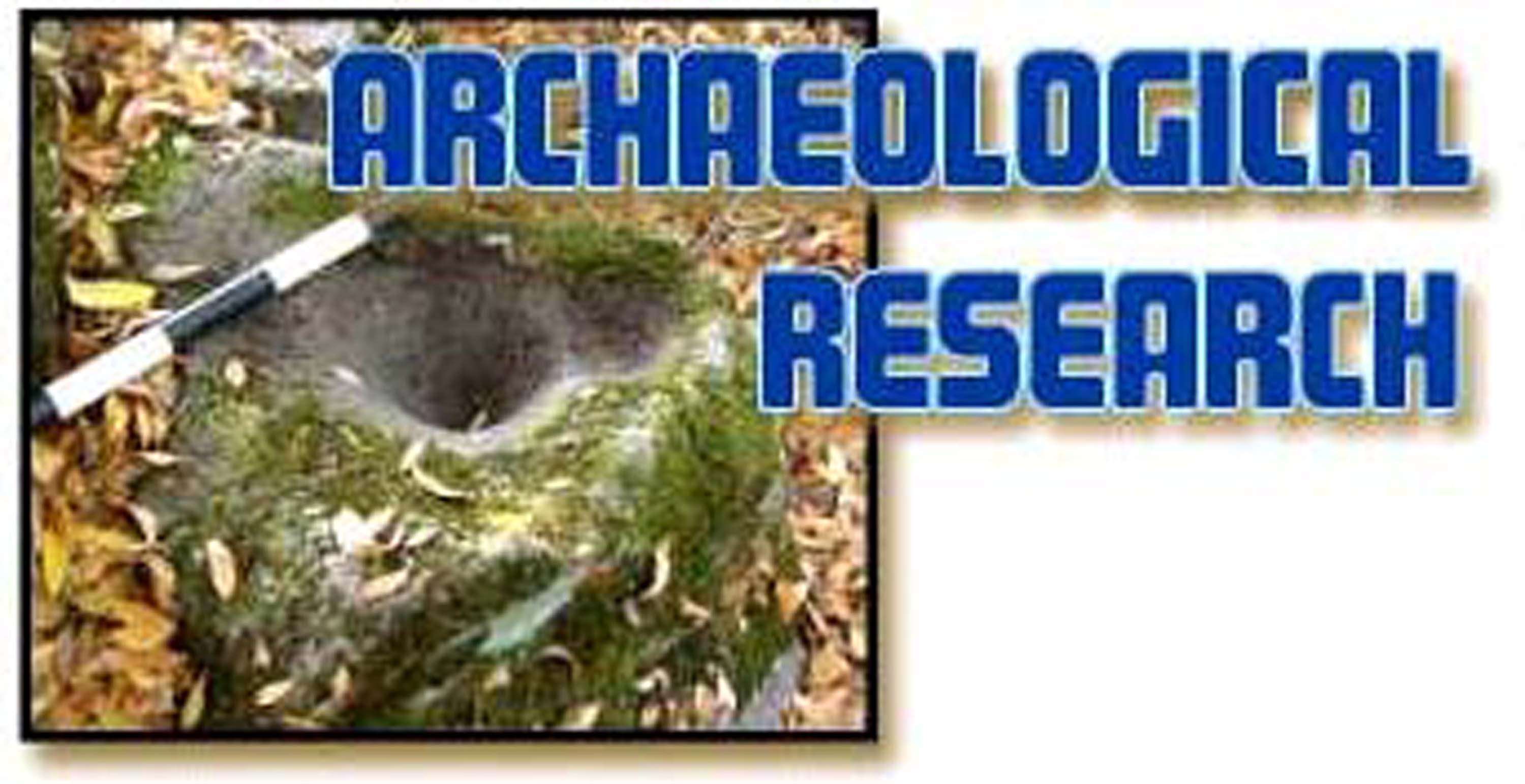Elem JK Unit Bone, Shell, Interpretation



Bone tools (2)
One polished bone awl tip was recovered from the 10-20cm level (JK-88). Another piece of unidentifiable polished bone was recovered from the 20-30cm level (JK-128). Awls, pins, and other polished bone items were used for a wide range of applications including basketry manufacture.
Dietary Bone and Shell
Very little dietary shell was discovered and all was confined to the 0-10cm level, indicating that it was from the historically disturbed soil layer.
Dietary bone was found in all levels indicating that it represented part of the prehistoric diet. Mammal bone dominated the collection by weight; however, significant amounts of fish and bird bone were also found.
The lighter weights of fish and bird bone are not an indication that these resources were less valuable than mammals in the diet. Both fish and bird bone are much less dense and lighter than mammal bone supporting the same amount of edible flesh. In addition, these lighter, less dense bones decompose more quickly in acid-rich soils. Due to decomposition, it is likely that more fish and bird bone existed at the time of site use than was recovered during this project.
The 1/8” sample did not recover enough bone for any meaningful analysis.
Beads (1)
A single mission-period glass bead (JK-115) was recovered from the 20-30cm level. The cane bead was of milk glass and 7mm in diameter
Period of Use
| Catalog # | Depth | Item | Hydration Mean | Material | Calculated Years B.P. |
| JK-62 | 0-10cm | Flake Tool | 8.8 | Borax Lake | 7,400 B.P. |
| JK-66a | 0-10cm | Debitage | 8.8 | Borax Lake | 7,400 B.P. |
| JK-66b | 0-10cm | Debitage | 10.1 | Borax Lake | 9,700 B.P. |
| JK-14a | 10-20cm | Debitage | (Band 1) 5.8 | Borax Lake | 3,200 B.P. |
| JK-14a | 10-20cm | Debitage | (Band 2) 9.4 | Borax Lake | 8,400 B.P. |
| JK-14b | 10-20cm | Debitage | 6 | Borax Lake | 3,400 B.P. |
| JK-14c | 10-20cm | Debitage | (Band 1) not visible | Borax Lake | ? |
| JK-14c | 10-20cm | Debitage | (Band 2) 9.4 | Borax Lake | 8,400 B.P. |
| JK-109 | 10-20cm | Point | 6.5 | Napa | 6,400 B.P. |
| JK-110 | 10-20cm | Point | 5 | Borax Lake | 2,400 B.P. |
| JK-34 | 20-30cm | Debitage | 4 | Borax Lake | 1,500 B.P. |
| JK-35 | 20-30cm | Debitage | 4.6 | Borax Lake | 2,000 B.P. |
| JK-36 | 20-30cm | Debitage | (Band 1) 5.9 | Borax Lake | 3,300 B.P. |
| JK-36 | 20-30cm | Debitage | (Band 2) not visible | Borax Lake | ? |
| JK-39a | 30-40cm | Debitage | 1.4 | Borax Lake | 188 B.P. |
| JK-39b | 30-40cm | Debitage | 5 | Borax Lake | 2,400 B.P. |
| JK-39c | 30-40cm | Debitage | 5 | Borax Lake | 2,400 B.P. |
This table lists all hydration readings that were obtained from unit JK material. If the readings from the disturbed 0-10cm level are discarded along with Napa obsidian readings and second band readings (often considered not to represent the time of tool manufacture), then the hydration data provide a focused period of use for the upper 40cm of soil at this location.
The hydration readings from the 10-20cm level average 5.6 microns (3,000 B.P.). Readings from the 20-30cm level average 4.8 microns (2,200 B.P.). The 30-40cm readings average 5 microns (2,400 B.P.). It is likely that the cultural material recovered from unit JK was manufactured sometime between 2,200-3,000 B.P.
These cultural materials were recovered from soil layers above a layer of volcanic bombs that suggest a major volcanic event. Work at other Clear Lake Basin sites where volcanic ash layers have been discovered suggest that the most recent volcanic event in the Basin occurred at the 5.8 micron period ~3,200 B.P. (White 1984:88).
The dates suggested for the unit JK material support this earlier work and indicate that the JK materials were deposited by people who had moved in and reestablished a settlement atop the volcanic soil layer following the last eruption.
Interpretation
At the unit JK location, the upper 10cm of soils had been historically disturbed. With the exception of minor rodent disturbance, soils below 10cm were intact and contained a significant amount of cultural material.
The base of the unit (40cm) contained a layer of volcanic bombs and soil that likely represent the most recent eruption in the Lake Basin. Although archaeological excavation stopped at a depth of 40cm, it is likely that beneath this volcanic layer, there would have been additional layers of cultural soil representing material left by people that lived at this location prior to that eruption.
The material recovered was left by a community that was living at this location between 2,200 and 3,000 B.P. Tools and dietary remains suggest that this community depended on lake related resources such as waterfowl and fish. In addition, hunting, butchering, and hide preparation tools suggest some dependence
on terrestrial mammals.
A bone awl tip suggests that basketry manufacture may have taken place.
Chipped stone tool material suggests that only the final shaping and sharpening of stone tools was taking place at this location. Core preparation and initial shaping were taking place away from this area.
The existence of a Napa obsidian point suggests that village territorial boundaries were well established by 3,000 B.P. Through cross-boundary trade, exotic materials can travel great distances from village to village without the individual traveling great distances to obtain them from their place of origin.
The wide range of flake tools (scrapers, gravers, spoke shave, knife, and blades) suggests an equally wide range of cutting and scraping activities indicating a diversity of manufactured items.
